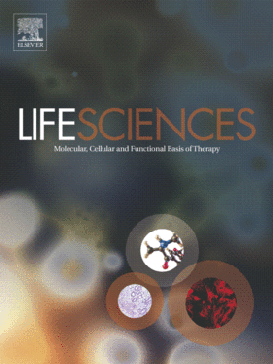
“Cannabinoids have been used for many centuries to ease pain and in the past decade, the endocannabinoid system has been implicated in a number of pathophysiological conditions, such as mood and anxiety disorders, movement disorders such as Parkinson’s and Huntington’s disease, neuropathic pain, multiple sclerosis, spinal cord injury, atherosclerosis, myocardial infarction, stroke, hypertension, glaucoma, obesity, and osteoporosis.
Several studies have demonstrated that cannabinoids also have anti-cancer activity and as cannabinoids are usually well tolerated and do not produce the typical toxic effects of conventional chemotherapies, there is considerable merit in the development of cannabinoids as potential anticancer therapies.
Whilst the presence of psychoactive effects of cannabinoids could prevent any progress in this field, recent studies have shown the value of the non-psychoactive components of cannabinoids in activating apoptotic pathways, inducing anti-proliferative and anti-angiogenic effects.
The aforementioned effects are suggested to be through pathways such as ERK, Akt, mitogen-activated protein kinase (MAPK) pathways, phosphoinositide 3-kinase (PI3K) pathways and hypoxia inducible factor 1 (HIF1), all of which are important contributors to the hallmarks of cancer.
Many important questions still remain unanswered or are poorly addressed thus necessitating further research at basic pre-clinical and clinical levels. In this review, we address these issues with a view to identifying the key challenges that future research needs to address.”
http://www.ncbi.nlm.nih.gov/pubmed/26852955
http://www.thctotalhealthcare.com/category/cancer/






